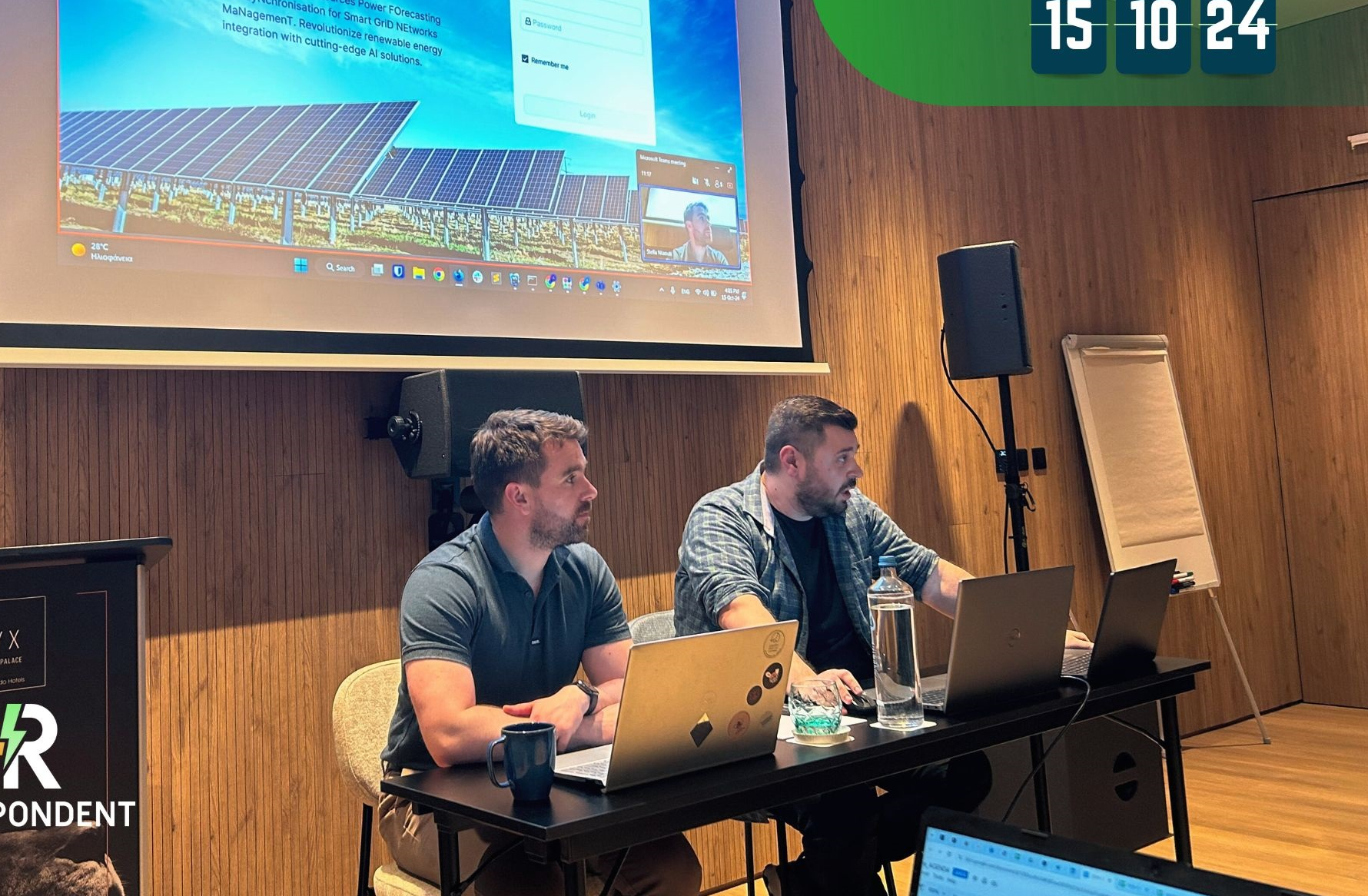
REM: The first RESPONDENT pilot demonstration was a big milestone for the project. Could you tell us why it was significant?
Moore: The demonstration, which took place in mid-October in Athens, Greece, was a defining moment for the project. It allowed us to showcase the RESPONDENT system’s use of European space technologies correlated with in-situ IoT weather station data to accurately forecast renewable energy sources (RES) power generation.
By leveraging data from the Copernicus Climate and Atmosphere Monitoring Service (CAMS), we were able to highlight our AI and machine learning algorithms' ability to predict energy output from renewables like solar and wind. This is essential as Europe works toward a clean energy transition and achieving the goals set out in the EU Green Deal.
REM: How was the demonstration conducted, and what were the key takeaways?
Moore: The event was organized by our consortium partner, Greenesco Energy SA, and was attended by stakeholders across Europe, both in person and online. The live demonstration, led by Andreas Tsarouchas from FINT, showed attendees how RESPONDENT’s forecasting technology works in real time, with the system's efficiency, reliability, and ease of operation impressing everyone. This was not only a success in terms of functionality, but it also validated our prediction models for local weather conditions and RES power output, which is crucial for integrating renewables into the energy grid.
REM: What was the feedback from attendees?
Moore: Attendees were highly engaged and impressed by the system’s performance and potential. Effie Makri, our Project Coordinator, emphasized how this pilot reinforced the tremendous capability of European space technologies in supporting the EU’s energy independence and sustainability goals, which is really what our project is all about.
REM: Was there an opportunity to see RESPONDENT’s technology applied in a real-world setting?
Moore: Absolutely, and this was one of the most exciting parts of the Athens demonstration. The energy generation forecasting module technology was showcased at the KIEFER solar park, located in Artemida in the East Attica Region of Greece.
It is worth noting that the solar park served as an ideal real-world and real-time use case for RESPONDENT’s power generation forecasting module, as it played a crucial role in helping KIEFER efficiently participate in the energy market by accurately predicting energy production for both the Day-Ahead Market and the Intra-Day Market. By providing precise hourly and daily forecasts, RESPONDENT enables KIEFER to optimize its energy bids, reducing the risk of imbalance costs that occur when actual production deviates from predicted outputs. This forecasting not only supports KIEFER’s business goals but also enhances grid reliability by helping prevent power outages and faults—an essential step in Europe’s transition to a resilient and renewable energy network.
REM: What’s next for RESPONDENT?
Moore: We’re already gearing up for our second pilot, which is set to take place in Spain in early 2025. The second pilot will build on the outputs of our first, focusing on grid timing and synchronization, combining both power generation and demand forecasting modules. It’s a bit of a step up, as we’ll be integrating Galileo-enabled Phasor Measurement Unit (PMU) timing and synchronization to provide even more accurate data for energy management. By combining these advanced features, Pilot Two will offer a comprehensive look at RESPONDENT’s full capabilities, which we cannot wait to share with our stakeholders, end-users, and the society at large.

